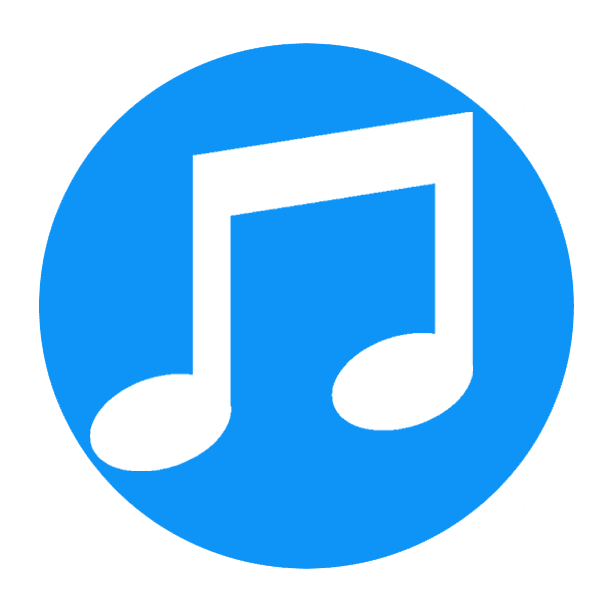7 Ways to Make Money from Music and Build a Sustainable Music Career
A busker’s open guitar case on a city sidewalk – a reminder of the humble beginnings of a musician’s hustle. I once believed that uploading songs and chasing streams would pay all the bills. Early in my career, I learned the hard way that streaming royalties alone aren’t enough: it takes roughly a million Spotify streams to earn about $3,000. That reality was a turning point. Rather than relying on one revenue source, I treated every song and skill as an asset. This shift in mindset – seeing my music as a portfolio of income opportunities – changed everything.
On the Road and in the Studio
My first break came from packing my bags and hitting the road. I spent the better part of a decade touring as a drummer, playing show after show to pay the bills. In fact, “I personally toured heavily for about a decade and made the bulk of my income from shows”. Night after night, performing in front of live crowds not only built my fanbase but also my paycheck. When I wasn’t on the road, I made sure I was in the studio: I became a hired gun, playing for other artists at gigs and on records. Getting paid per show or session was a reliable way to keep food on the table while I lived out my dream. As Tom DuPree III puts it, doing “hired gun work was a great way to earn a steady income as a musician while doing what I loved in the process. Balancing weekend tours with weekday studio sessions kept money flowing. For years, that grind was “my life… and it was perfect.
Diversifying Income Streams
Once I realized the limits of touring and streaming, I deliberately diversified. I treated every track like an asset. For example, I signed up with stock music libraries (like Pond5 and Storyblocks) to license beats and tracks for videos. I also pitched songs for sync placements in TV and film, which often pays far more per use than streaming. If you make hip-hop beats or electronic tracks, consider selling beats directly: I started releasing instrumental albums on Spotify and also offered exclusive beat licenses. Every song I create ended up with multiple lives – on streaming platforms, in licensing libraries, and in other artists’ projects.
Some of the specific paths I took include:
Live shows and touring. Playing live was my bread and butter. It not only paid well but also grew my fan base and network.
Session work and “for-hire” gigs. Between my own releases, I played drums for other bands and recorded on records. This was steady pay and invaluable experience.
Merchandise. I learned that even a simple T-shirt or hoodie can boost income. “A T-shirt with your name on it is a walking billboard… And it makes you money”. Selling merch at shows and online gave fans a tangible way to support me.
Beats, samples, and presets. I turned my sound design into products. By selling sample packs and synth presets, I earned from the same creative work in multiple ways.
Stock and sync licensing. I treated my back catalog as passive income. Licensing older tracks to media and stock libraries meant revenue “while I sleep”. This required no extra songwriting, just distributing what I already had.
Teaching and consulting. I began offering drum lessons and online music courses. In time, I started mentoring younger artists and doing one-on-one consulting. As Tom DuPree notes, you can “open your calendar to allow others to pay you for your time and expertise” I bundled my years of experience into webinars, Q&A sessions, and even a paid newsletter. This shifted my role from just performer to educator – a true leverage of my knowledge.
Beyond these, there are even more ways I expanded my income. For instance, fan subscriptions (Patreon or band membership sites) let loyal supporters give monthly support in exchange for exclusive content. I also explored crowdfunding – asking fans to fund an album or tour, with rewards for pledges. Whenever I started a big project, platforms like Kickstarter helped turn fan enthusiasm into budget. Teaching music (online or in person) became a modest but stable side income. Even our gear and instruments could earn: I helped run small workshops and group classes, which not only brought in money but also grew my reputation as a teacher.
Embracing Tech and Automation
As the industry shifted online, I embraced technology to work smarter. I set up social media campaigns, built mailing lists, and collaborated with other artists online. One game-changer was using automation tools to amplify my reach. For example, I started using AIOStream – an AI-powered platform that helps manage streaming growth. AIOStream is “an all-in-one organic tool for musicians, record labels and bands looking to grow fans, listeners, and streams”. In practice, it helped me automate tasks like scheduling new releases across Spotify, Deezer, and Apple Music, and even boosting real streams and followers safely on multiple services. By handling repetitive promo tasks, AIOStream frees me to focus on creating music. It’s just one example of how I’ve put tech to work: whether automating audience growth or using analytics to focus my marketing, these tools scaled my efforts beyond what I could do alone.
Advice for Independent Musicians
My journey shows that making a living in music requires creativity offstage, not just on. The key is diversification. If you enjoy performing, tour and play every gig you can – it’s still one of the most rewarding ways to make money. But don’t neglect other opportunities. Write that extra beat and put it on a stock site. Start selling merch or drum tutorials. Build a small but engaged fan community willing to support you on Patreon or through tip jars. Collaborate with brands for sponsorships or gear endorsements – even regional businesses might partner with a local artist.
Remember, challenges like low streaming payouts are common, but they push us to innovate. Stay persistent and adaptable. Every minor income stream adds up – as long as you keep creating value in all these different ways. In my case, combining live gigs, session work, teaching, licensing, and smart use of tools like AIOStream made the difference between barely scraping by and building a sustainable career. There’s no single path to success, but by blending hustle, skill, and technology, you can turn your music passion into profit. Keep experimenting, keep learning, and keep going – the hard work will pay off.



